TL;DR:
Table of Contents[Hide][Show]
- Actor Marlon Brando refused to memorize his lines and instead used cue cards placed around the set, including held by co-stars like Robert Duvall
- For Apocalypse Now, Brando had lines fed to him through an earpiece instead of cue cards
- Brando used unorthodox techniques like putting wax in his ears to actively listen and stay “in the moment” while acting
- By physically transforming with makeup, props, etc. Brando aimed to “bridge the gap” between himself and the character and achieve an immersive “creative state”
- While unorthodox, Brando’s methods helped create one of the most iconic and acclaimed performances in cinema history as Vito Corleone
In a move that would drive most directors insane, Marlon Brando refused to learn his lines for his iconic role as Don Vito Corleone in The Godfather. Instead, he opted for a more unorthodox approach – using cue cards placed strategically around the set. This included having his co-star Robert Duvall hold up the cards and even taping them to Duvall’s chest during filming.
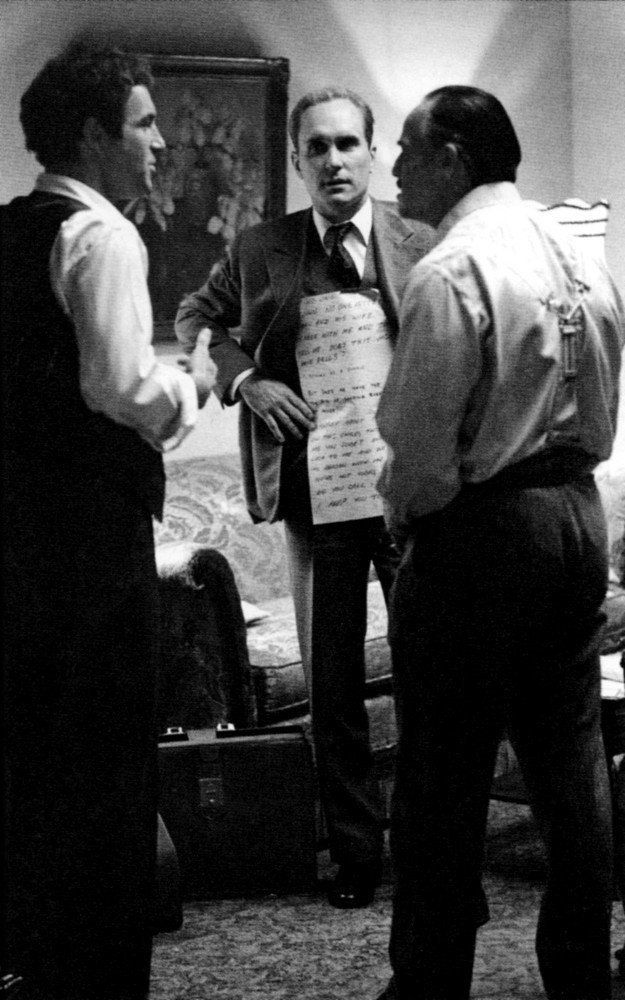
But Brando’s reasons went beyond mere laziness or lack of dedication. As a master of method acting, he believed reading cue cards would lend an air of spontaneity and naturalism to his performance. “In ordinary life, people seldom know exactly what they’re going to say when they open their mouths,” Brando explained. By actively searching for his next line, his face would convey the realism of someone formulating their thoughts in the moment.
Active Listening and Physical Transformation
Brando’s commitment to staying “in the moment” didn’t stop there. For certain scenes, he would go as far as stuffing wax in his ears to hinder his hearing. This allowed him to “actively listen” and react authentically to his co-stars’ dialogue rather than anticipating his own lines.
His unorthodox acting choices stemmed from the methods of Constantin Stanislavski and training under legendary acting coach Stella Adler. By physically transforming with makeup, props, and changes to his voice and body, Brando aimed to bridge the divide between his own self and the character of Don Corleone. He hoped these tangible alterations would facilitate an immersive psychological transformation and “creative state” where he fully embodied the role.
A Masterful Yet Controversial Performance
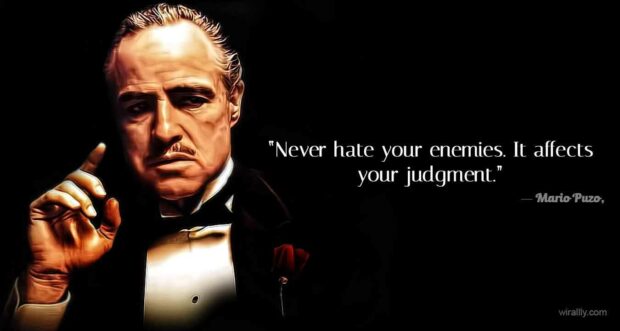
While Brando’s acting process may have seemed eccentric, even maddening, to his fellow cast and crew, the results were undeniable. His multilayered, nuanced portrayal of the powerful yet world-weary Don Corleone is widely regarded as one of the greatest performances in cinema history. It earned him his second Academy Award and revitalized his fading career.
However, Brando’s methods also sparked controversy and debate around the boundaries of an actor’s process versus simply being unprofessional. For Apocalypse Now, he took his reluctance to learn lines even further, having them read to him through an earpiece as he delivered iconic speeches.
Whether you condemn or admire Brando’s eccentric commitment to his craft, his performance as Don Corleone will be forever etched into cinematic history. His mastery stemmed from an unconventional approach that redefined the very boundaries of acting for stage and screen.
The Essence of Iconic Acting
Marlon Brando’s performance in The Godfather wasn’t just a defining role in an all-time classic film – it embodied the very soul of great acting. By rejecting traditional line memorization for a more visceral, in-the-moment style, Brando achieved a transcendent naturalism that few actors have matched.
His physical and mental preparation, from obstructing his hearing to cue card line readings, created a palpable sense that he was truly living in Don Corleone’s world. The gravitas and human truth he brought to every raspy line delivery was enhanced, not hindered, by his eccentric process.
While controversial, Brando’s steadfast adherence to Stanislavskian method acting yielded an immersive performance that still awes audiences today. Rather than an academic line recital, his Don Corleone exuded the authenticity of a real man making difficult choices as he breathed life into Coppola’s richly-realized characters.
Brando’s willingness to take risks, from spurning convention to physically transforming for the role, embodied the fearless devotion of a true artist. Like the most daring and visionary performers, he ventured into uncharted territory to redefine the boundaries of screen acting. The Godfather was more than just a role for Brando – it was an opportunity to create a new kind of iconic performance from the ground up.
Perhaps the most fitting tribute to Marlon Brando’s approach is that his unforgettable portrayal transcended the fictional realms of film. For decades after its release, many still believed the prolific actor was an actual Italian mob boss. That blurring of truth and fiction is the highest praise for Brando’s seamless metamorphosis from a Hollywood star to the living, breathing embodiment of Don Vito Corleone.
Marlon Brando's unorthodox acting techniques for 'The Godfather' included using cue cards, stuffing wax in his ears, and physically transforming for the role. #marlonbrando #methodacting #brandoimmersive #actinglegend Share on X
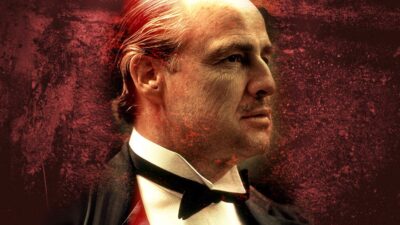






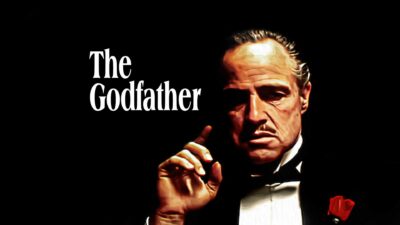

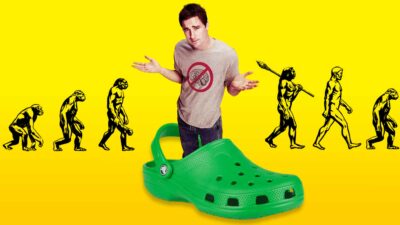

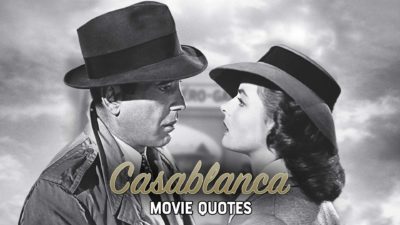
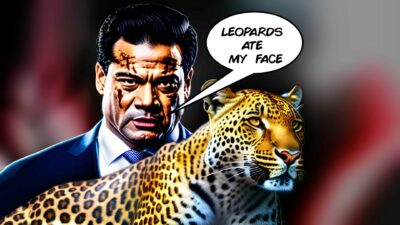

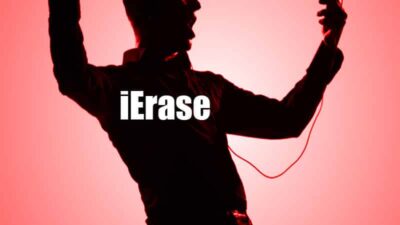


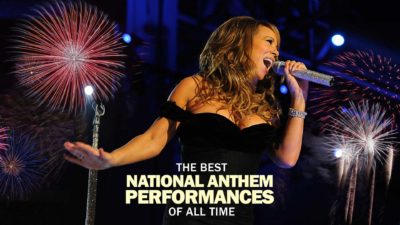
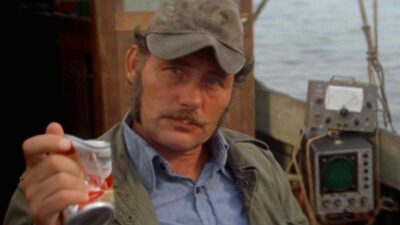


 Equal Play, Equal Pay: Paris Olympics Break New Ground With Gender Equality And Compensation
Equal Play, Equal Pay: Paris Olympics Break New Ground With Gender Equality And Compensation
Leave a Reply